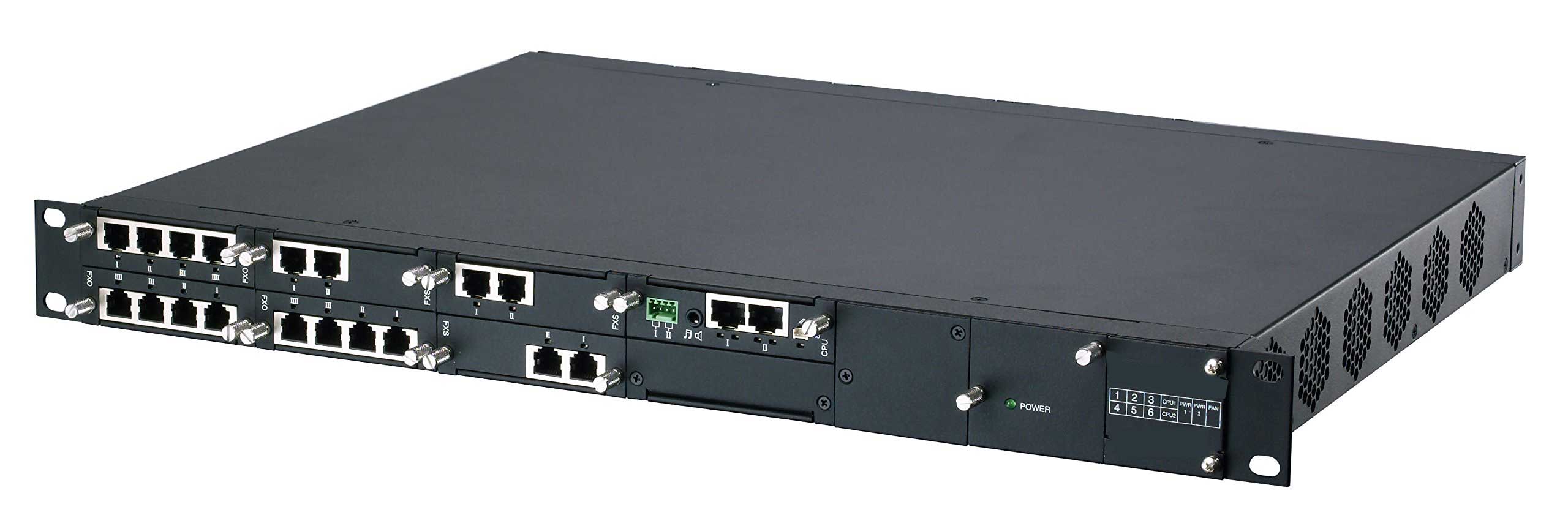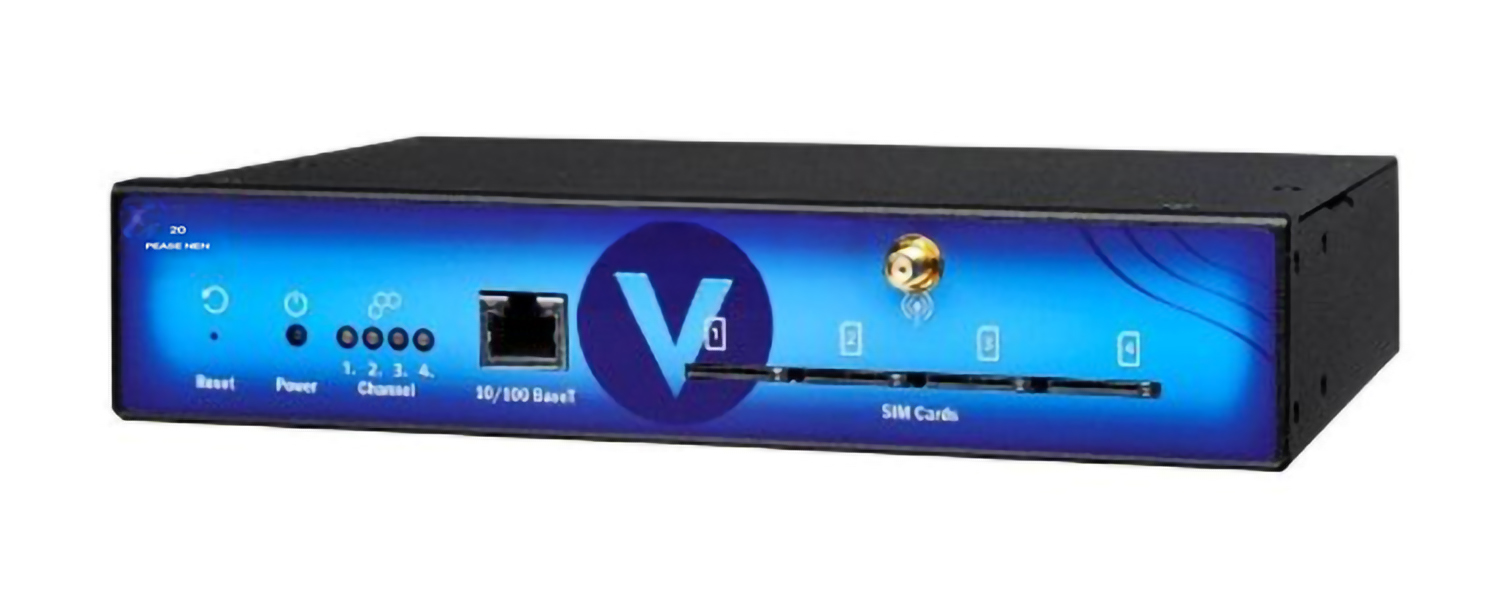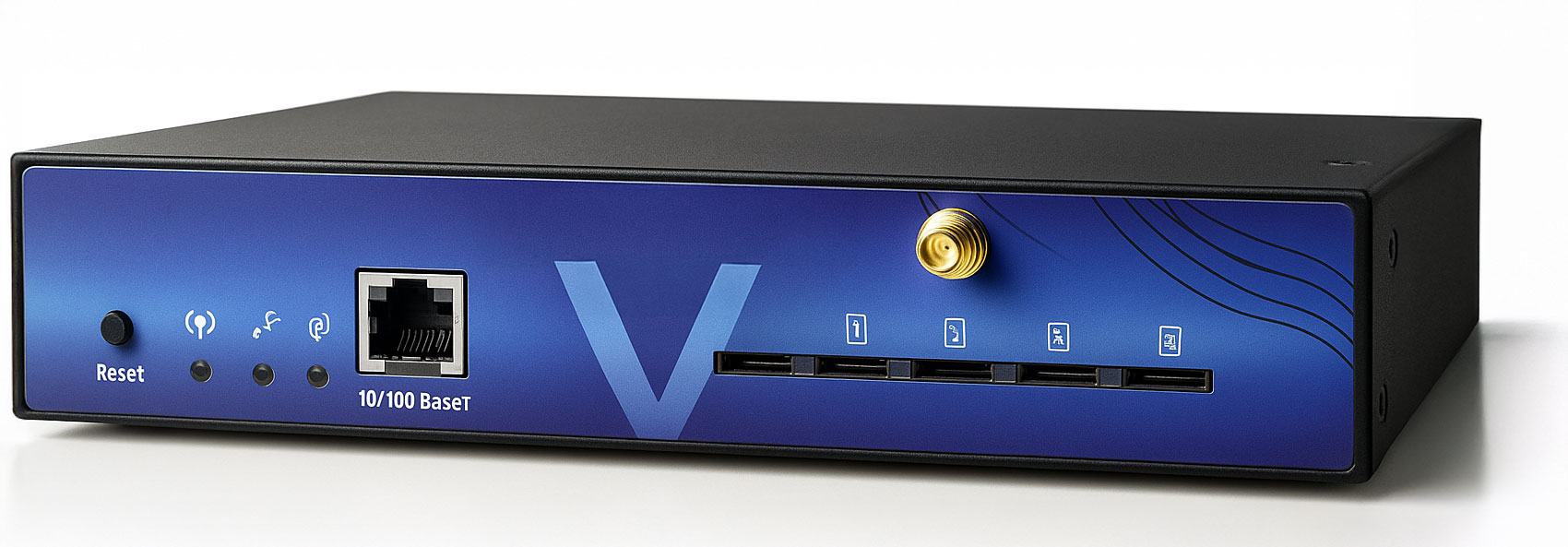Converts voice signals between various network protocols
GSM & Media Gateway
Ensuring compatibility and efficient communication across different platforms
A Media Gateway in our communication / VoIP system is a device that converts media streams between different communications systems, such as UHF/VHF/E1/T1/PSTN and our VoIP network.
It acts as a bridge between traditional circuit-switched and packet-switched networks, allowing for the interoperability of different communication protocols.
Media Gateways are responsible for tasks like coding/decoding voice signals, call routing, and handling various types of media formats to ensure seamless communication between users on different systems like GSM gateway, UHF/VHF, or NATO wall Connector.
Benefits
Features
VoIP to RF Conversion
Users can convert VoIP traffic to RF signals for transmission via the antenna, ensuring compatibility with onboard communication systems.


Multiple Communication Options
Besides voice calls, users can send SMS, Fax, Voicemail, or Emails via SMS, enhancing communication flexibility.
Configurable Management Interface
Administrators can configure and manage the GSM Gateway through a web management interface, allowing customization of features and settings.


Connectivity Range
Enables connections to terrestrial GSM networks using the GSM frequency bands, providing up to 10 km offshore reception.
Restrictions Compliance
Its remote power control feature, allows System Administrators to disable the gateway during EMCON (radio silence or emissions control) or specific ship states through a web management interface.

System Specifications
How It Works
GSM Gateway Operation: The user places SIM cards in the GSM Gateway, selecting preferred GSM operators for communication. The Gateway converts VoIP traffic to RF signals, transmitted via antennas within the ICAS. Users can establish communication by dialing access codes, with configurable communication modes accessible via management interface.
Media Gateway Interface: The Media Gateway interfaces between internal and external systems, converting VoIP Ethernet information to different standards such as ISDN for seamless communication. It interfaces with various systems including ICCS, STE, INMARSAT, and Iridium, ensuring interoperability and connectivity across diverse communication platforms.